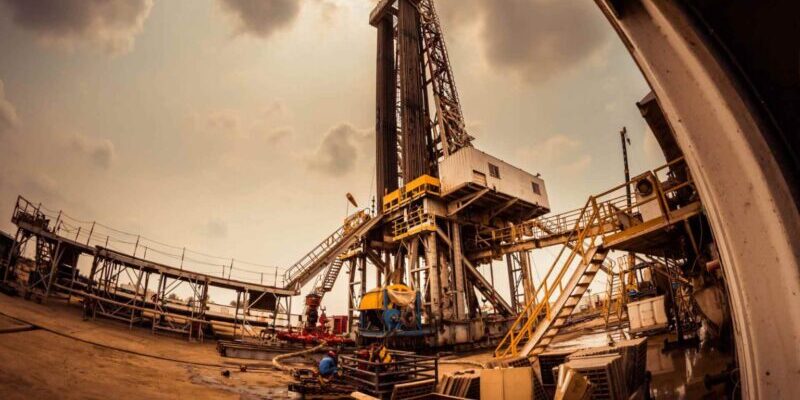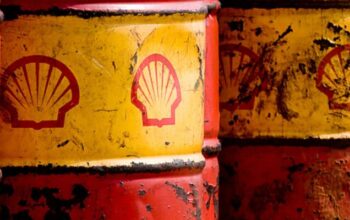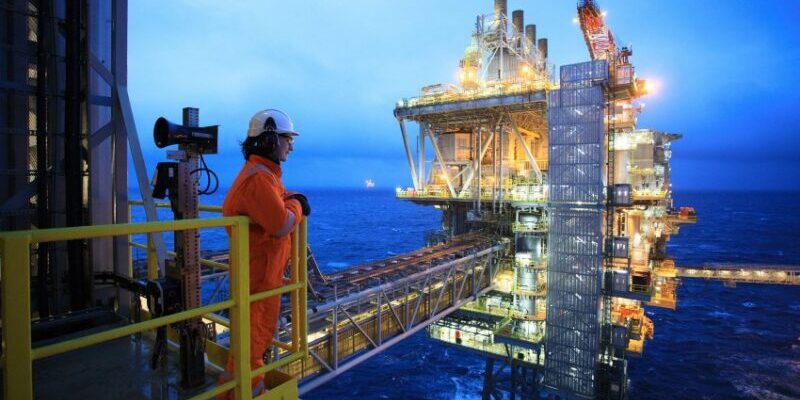Contrary to most African producers, the majority of Libya’s proven oil reserves are held onshore, with offshore fields playing a limited role in production to date.
Serving as Africa’s second-largest crude oil producer, the country has maximized its onshore assets through the construction of extensive production and export infrastructure.
Onshore exploration features lower costs and reduced barriers to entry, thereby fostering the participation of junior and independent explorers, along with major operators.
As onshore drilling is expected to drive overall drilling activity in Africa in 2024, Libya offers several lessons for emerging onshore markets in attracting foreign investment and successfully bringing new discoveries online.
Despite its size – ranking as the 17th-largest country in the world by area – Libya’s acreage remains underexplored, with the International Energy Agency suggesting the country could yield an additional 100 billion barrels of oil equivalent if fully explored.
This has been confirmed by recent discoveries in the Ghadames and Sirte Basins. An onshore oil discovery last May in Area 82 of Block 4 – located in the Ghadames Basin – represents the third discovery in the area.
Announced by Russia’s Tatneft, the discovery was made alongside Libya’s parastatal National Oil Corporation (NOC) and boasts a flow rate estimated at 1,870 barrels per day (bpd).
In addition to featuring highly prospective acreage, Libya is home to well-established onshore infrastructure spanning pipelines, ports and export terminals, which facilitate access to international markets.
The country has embarked on an ambitious expansion, revitalization and modernization of its infrastructure – aiming to invest $17 billion to reach its two million barrel-per-day production target – enabling operators to swiftly bring new discoveries online.
Last March, for example, Zallaf Libya Oil & Gas Company, an NOC subsidiary, announced first production from the onshore Erawin Field in the Murzuq Basin, with an initial flow of 3,000 bpd, which has since increased to 6,000 bpd.
Eight months later, the first shipment of Erawin crude oil was exported through the Port of Zawiya in northwestern Libya, estimated at 60,000 barrels.
Production at the field is poised to reach over 16,000 bpd following the completion and implementation of pipeline infrastructure linking it to the El Sharara Field.
Situated in the Murzuq Desert in southwest Libya, the El Sharara Field is one of the largest fields in Libya and is estimated to hold the largest proven oil reserves in Africa.
Production at the onshore field was halted earlier this year due to political disruptions, but shortly resumed to a flow of 30,000 bpd.
Typically producing over 300,000 bpd, the field serves as a testament to Libya’s onshore prowess and large-scale production capabilities.
Boasting proven oil and natural gas reserves of 48.4 billion barrels and 53 trillion cubic feet, respectively, Libya encompasses six sedimentary basins.
Four sedimentary basins in the country have established petroleum systems, with the onshore Sirte and Murzuq basins accounting for approximately 93% of Libya’s total recoverable oil reserves.
With the stated goal of increasing production to two million bpd by 2030 from its current rate of 1.2 million bpd, Libya’s onshore assets are set to play a decisive role in meeting this benchmark.
According to the NOC, the country has projects worth an estimated $7.4 billion lined up for award – five billion dollars of which is expected to be awarded in the next two years.
Top contracts in the pre-qualification stage include the expansion and carbon emissions management of the Mellitah onshore development and pipeline development at the onshore Erawin Field, which are worth an estimated $700 million and $300 million, respectively.
As the costs of exploration and production become more competitive, African markets with untapped onshore potential could learn from Libya’s market prowess and robust pipeline of onshore projects.
![]()




